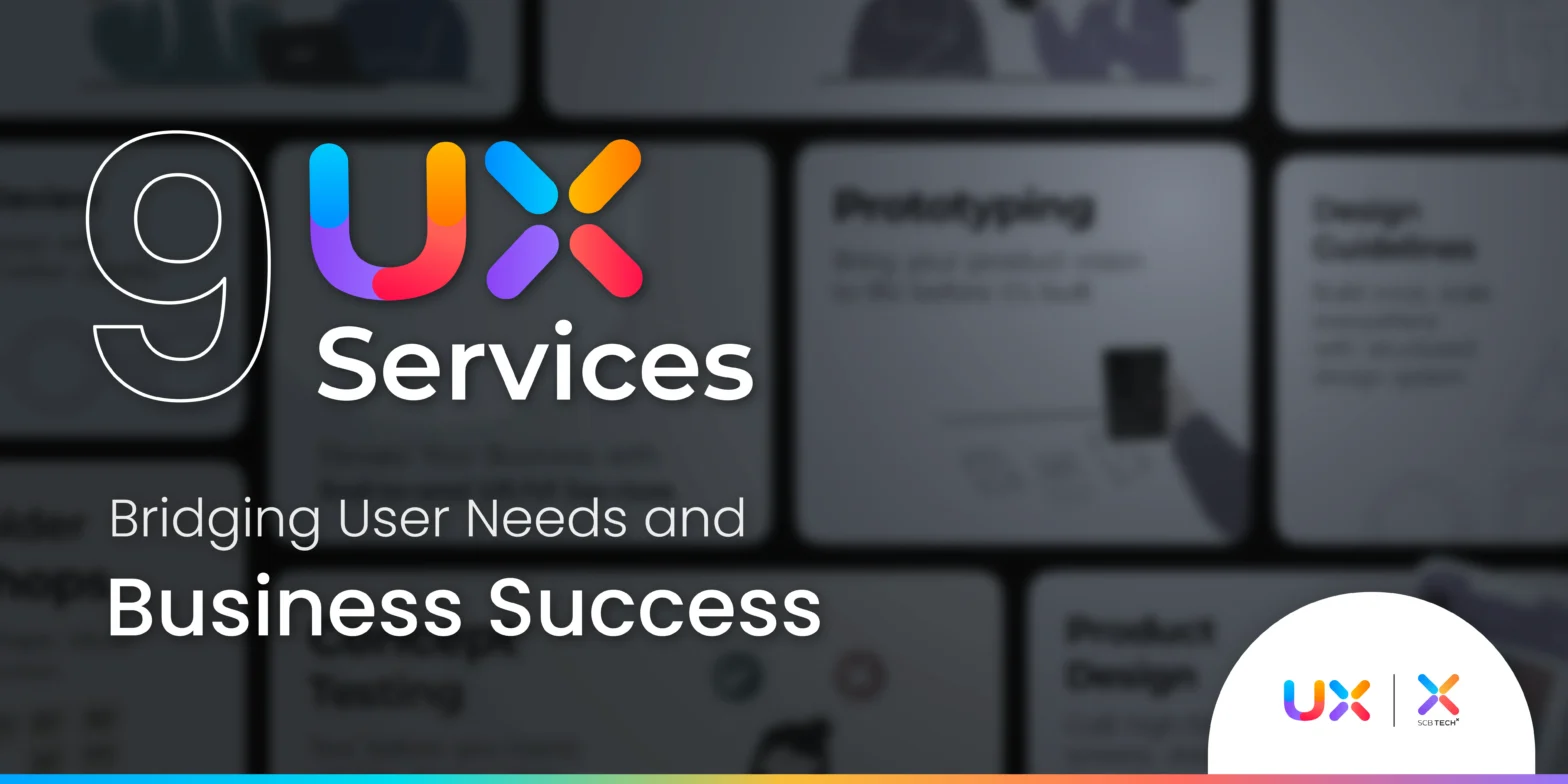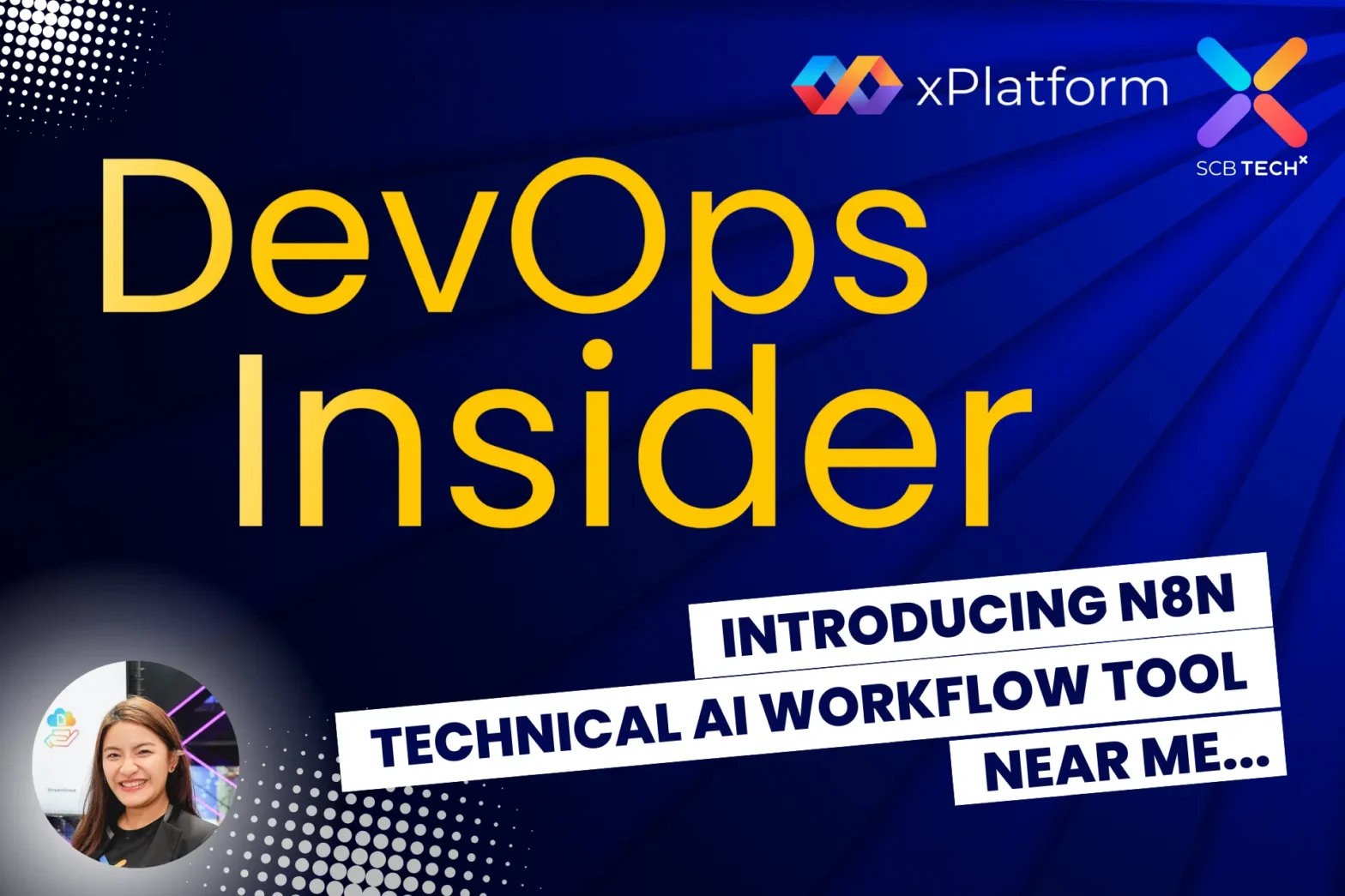In today’s world, AI is no longer the exclusive domain of data scientists or machine learning engineers. We are entering an era where anyone can harness AI to work smarter and faster—especially professionals responsible for infrastructure management or platform development. Among the most noteworthy tools in this revolution is AWS Bedrock, a new service from Amazon Web Services that lets you access top-tier generative AI models from multiple providers without having to manage the infrastructure yourself. This article explains what AWS Bedrock is, why it’s impressive, whom it suits best, and how it can benefit platform engineers like us. Additionally, we share a brief firsthand experience to help those who might be interested in experimenting with it. What Is AWS Bedrock and Why Is It So Exciting? In simple terms, AWS Bedrock is a service that lets you access world-class generative AI models from several major vendors with just a click. In other words, it serves as a “one-stop shop” for high-quality AI models sourced from various providers such as Anthropic (Claude), AI21 Labs, Stability AI, Meta (Llama), and Amazon Titan (AWS’s own model). Each model offers unique strengths—some excel at summarizing information, others at translation or even image generation. Moreover, you can interact with these models through a single, unified API. The key benefits of AWS Bedrock include: ????️ No Infrastructure Hassles: Forget about setting up servers, tweaking GPUs, or managing auto-scaling—AWS handles it all. ???? Flexibility in Model Selection: If you fancy using Claude one day and want to try Llama the next, you can switch models without any vendor lock-in. ???? Seamless Integration: It works effortlessly through APIs or SDKs, making it easy to connect with Lambda, API Gateway, or your own custom applications. ???? Security and Compliance: Benefit from the robust security standards of AWS’s trusted infrastructure. Beyond these fundamental advantages, AWS Bedrock comes with a suite of advanced features designed to prevent misinformation and ensure the accuracy and suitability of responses: ???? Foundation Model APIs: Access various AI models from different providers through a unified API. ????️ Custom Model Fine-Tuning: Tailor select models to fit your specific use cases. ???? Agents for Bedrock: Create agents capable of utilizing a toolchain, executing chain-of-thought reasoning, or interfacing with external data sources such as DynamoDB or other external APIs. ???? Knowledge Bases: Allow models to reference data from S3 or RDS and respond to queries based on that information. ????️ Guardrails: Set safety boundaries—for instance, preventing the discussion of sensitive subjects or the provision of incorrect data. Getting Started with AI the Easy Way Using Amazon Titan on AWS Bedrock After discussing the theory behind AWS Bedrock, it’s time to share a hands-on experience to illustrate just how accessible this tool is. In our trial, we opted to use an AI model directly from AWS—the lightweight and cost-effective “Amazon Titan – Nova Micro.” Note that this model is currently available only in the N. Virginia region (it has yet to be launched in Thailand). Our Use Case We set up a scenario where Nova Micro was tasked with creating a list of subtasks needed for opening a Jira ticket. The goal was to kickstart tasks quickly and minimize repetitive work. Here’s how we prepared: Prompt Example ????✨ prompt = “Create a detailed list of subtasks needed to complete this task include testing and document. Format the response as a list where each item starts with ‘- ‘ and includes a clear and text, actionable subtask only one. The number of items may vary, but do not exceed 10. items. Task: ” Task Message message = ‘Install Jeknins on AWS ec2′ Nova Micro, our little model, works faster than expected! Just by entering the prepared prompt, the model can generate tasks completely and accurately, ready for real-world use. For example, it can instantly open a Jira task without the need to waste time thinking it through repeatedly. What I really like is the Chat mode, which is both easy and convenient — no need to write code to give it a try. And if the answer from this model isn’t quite what we’re looking for, we can easily switch to other models available in Bedrock to get the answer that best matches our needs, ready to be used for further tasks. In real working life, we see these models as becoming key assistants in enhancing work efficiency — especially when used in combination with automation systems. And when we talk about automation, we can’t skip the topic of coding, which allows us to instruct the models to perform tasks systematically on our behalf. So today, let’s try writing a simple piece of code to call AWS Bedrock via its API. What’s really great is that we can view the API request format directly from the AWS Console under the Bedrock section. By simply selecting the model we want to use, the system will display a ready-to-use API example right away. This makes it much easier to start coding without having to flip through multiple documentation pages or guess the parameters on our own. We chose to use Boto3 to experiment with calling a model via AWS Bedrock, and here are the results. It must be said — it was both simple and very convenient. You could say it opens the door to using AI in daily work without complexity. AWS Bedrock truly makes AI feel much more accessible and no longer something distant or difficult to approach. It’s just the beginning… but a crucial first step in bringing AI into your workflow. From our trial use of AWS Bedrock with a lightweight model like Amazon Titan – Nova Micro, we’ve seen that getting started with AI through Bedrock is incredibly simple and truly accessible. Even though this was just a basic use case, it clearly helped improve both speed and efficiency in our workflow — especially when combined with code through Boto3, which allows the results to be seamlessly integrated… Continue reading AWS Bedrock: An Innovative AI Tool That Empowers You to Create with Ease
AWS Bedrock: An Innovative AI Tool That Empowers You to Create with Ease









